Write reactions of the final alkylation product of aniline with excess of methyl iodide in the presence of sodium carbonate solution.
To solve the question regarding the reactions of the final alkylation product of aniline with excess methyl iodide in the presence of sodium carbonate solution, we can break it down into several steps.
Step 1: Understand the Structure of Aniline
Aniline is an aromatic amine with the formula C6H5NH2. It consists of a benzene ring (C6H5) attached to an amino group (NH2).
Step 2: First Alkylation Reaction
When aniline reacts with excess methyl iodide (CH3I), the amino group (NH2) acts as a nucleophile and attacks the methyl group from CH3I. This leads to the substitution of one hydrogen atom on the nitrogen with a methyl group.
Reaction:
C6H5NH2+CH3I→C6H5NHCH3+HI
Step 3: Forming N,N-Dimethylaniline
In the presence of excess methyl iodide, the newly formed N-methyl aniline (C6H5NHCH3) can undergo a second alkylation. The nitrogen atom can again react with another molecule of methyl iodide, replacing another hydrogen atom.
Reaction:
C6H5NHCH3+CH3I→C6H5N(CH3)2+HI
Here, we form N,N-dimethylaniline (C6H5N(CH3)2).
Step 4: Forming Quaternary Ammonium Salt
With excess methyl iodide present, N,N-dimethylaniline can react again with another molecule of methyl iodide, leading to the formation of a quaternary ammonium salt.
Reaction:
C6H5N(CH3)2+CH3I→C6H5N(CH3)+3+I−
This product is N,N,N-trimethyl anilinium iodide.
Step 5: Reaction with Sodium Carbonate
In the presence of sodium carbonate (Na2CO3), the iodide ion (I-) from the quaternary ammonium salt can be replaced by the carbonate ion (CO3^2-).
Reaction:
C6H5N(CH3)+3+CO2−3→C6H5N(CH3)+3CO2−3+2NaI
Final Product
The final product is N,N,N-trimethyl anilinium carbonate.
Overall Reaction
Putting it all together, the overall reaction can be summarized as:
C6H5NH2+3CH3I+Na2CO3→C6H5N(CH3)+3CO2−3+2NaI+3HI
Aniline is an aromatic amine with the formula C6H5NH2. It consists of a benzene ring (C6H5) attached to an amino group (NH2).
When aniline reacts with excess methyl iodide (CH3I), the amino group (NH2) acts as a nucleophile and attacks the methyl group from CH3I. This leads to the substitution of one hydrogen atom on the nitrogen with a methyl group.
C6H5NH2+CH3I→C6H5NHCH3+HI
In the presence of excess methyl iodide, the newly formed N-methyl aniline (C6H5NHCH3) can undergo a second alkylation. The nitrogen atom can again react with another molecule of methyl iodide, replacing another hydrogen atom.
C6H5NHCH3+CH3I→C6H5N(CH3)2+HI
With excess methyl iodide present, N,N-dimethylaniline can react again with another molecule of methyl iodide, leading to the formation of a quaternary ammonium salt.
C6H5N(CH3)2+CH3I→C6H5N(CH3)+3+I−
In the presence of sodium carbonate (Na2CO3), the iodide ion (I-) from the quaternary ammonium salt can be replaced by the carbonate ion (CO3^2-).
C6H5N(CH3)+3+CO2−3→C6H5N(CH3)+3CO2−3+2NaI
The final product is N,N,N-trimethyl anilinium carbonate.
Putting it all together, the overall reaction can be summarized as:
C6H5NH2+3CH3I+Na2CO3→C6H5N(CH3)+3CO2−3+2NaI+3HI
Topper's Solved these Questions
Similar Questions
Knowledge Check
- Question 1 - Select One
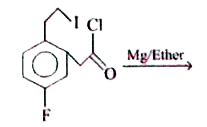
The final product of the reaction is :A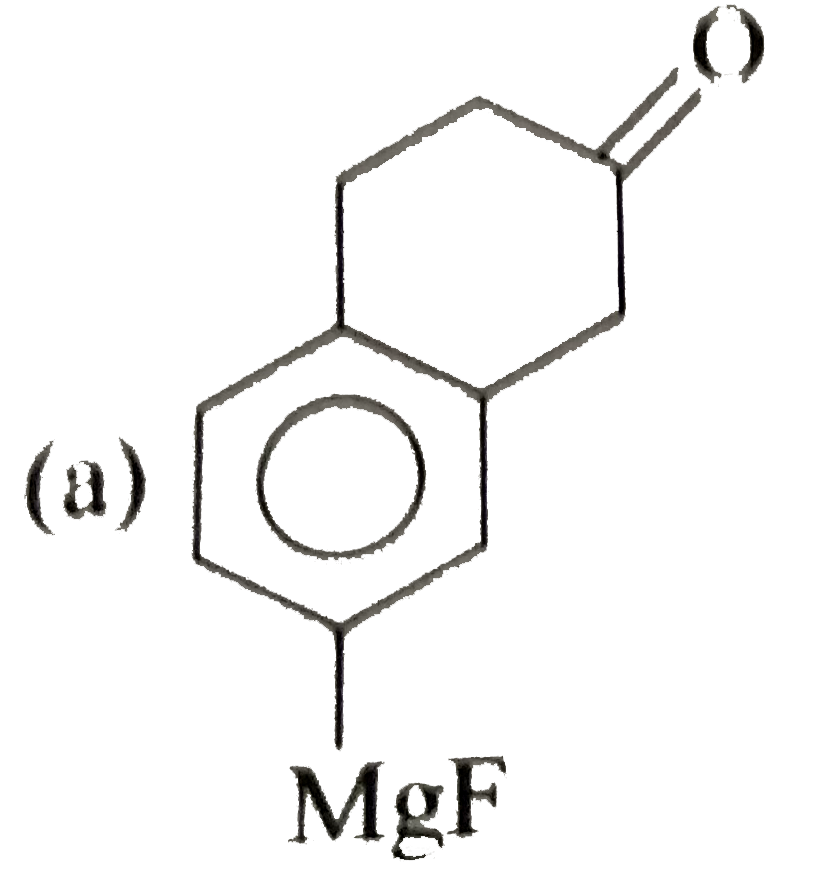 B
B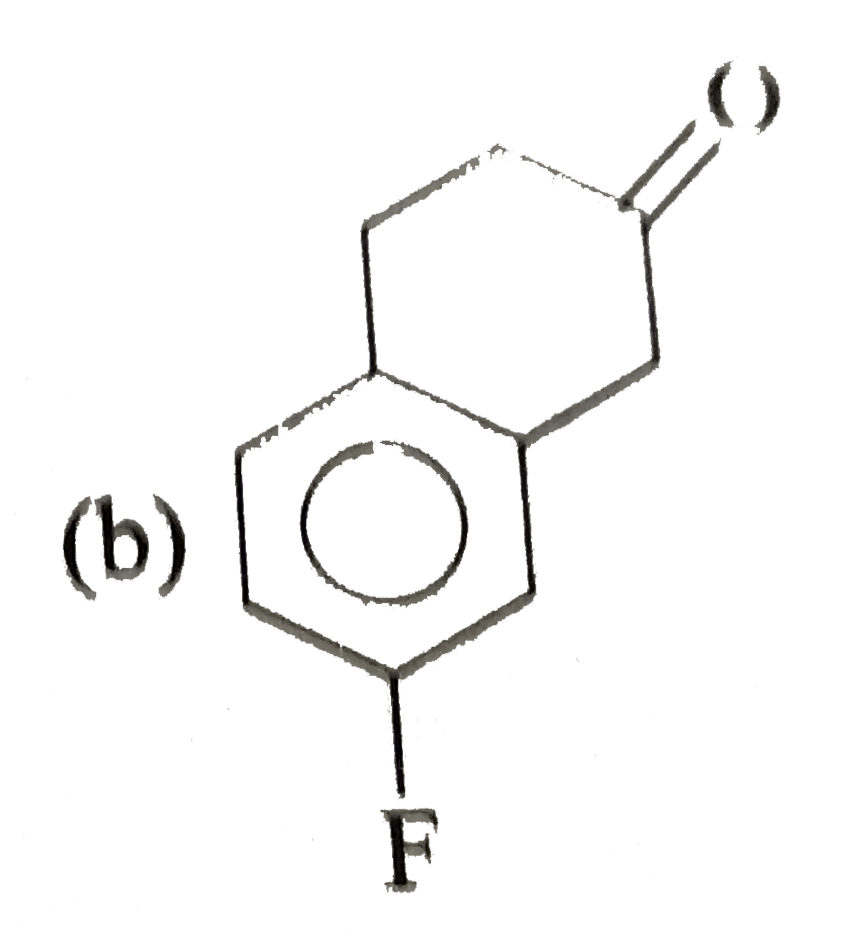 C
C D
D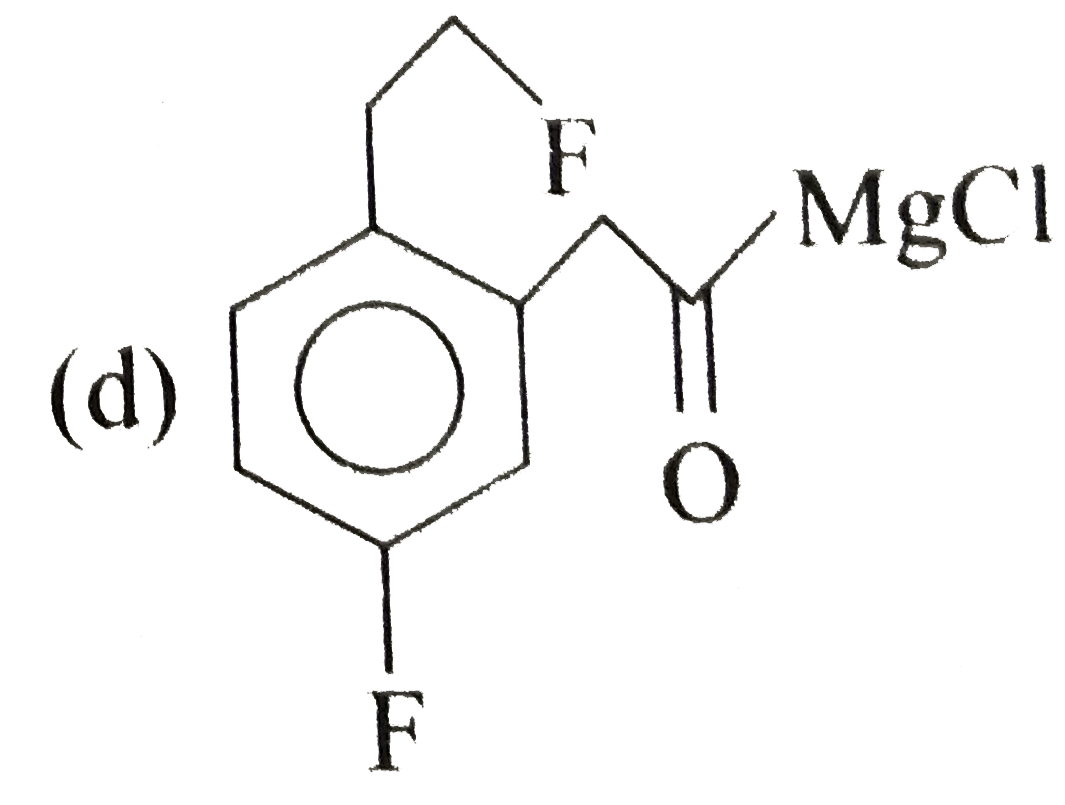
When excess of ethyl iodide is treated with ammonia, the product is
View SolutionThe final product of the reaction :
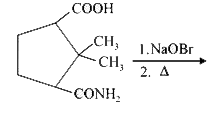 View Solution
View SolutionWhich of the following reactions give alkylation product :
View SolutionIn the given reaction final product is
 View Solution
View SolutionBenzaldehyde on reaction with acetophenone in the presence of sodium hydroxide gives
View SolutionThe product formed by the reaction of acetaldehyde with excess of ethanol in the presence of sulphuric acid is:
View SolutionThe final product obtained in the reaction
 View Solution
View Solution

